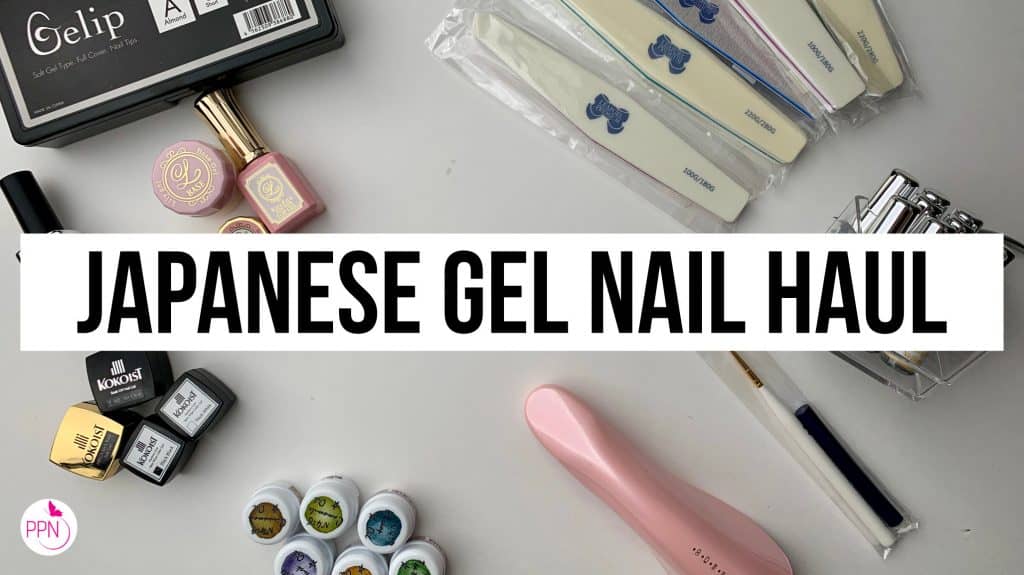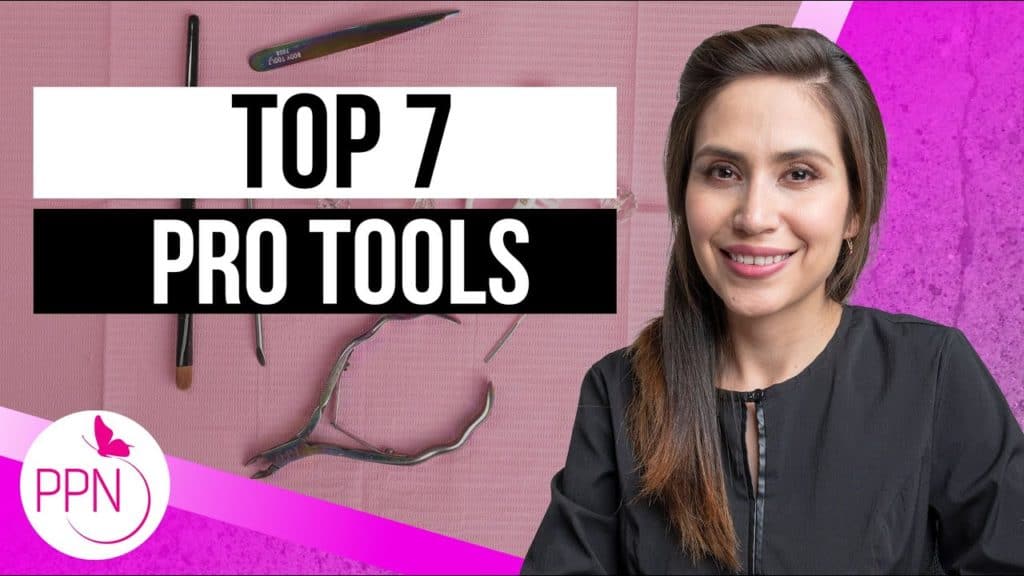One of the beauties of working with potted soft gel is the freedom to choose your own brushes. You see when you’re working from a bottle, you will be left with a generic brush to use and force it to fit you, and if you believe in your individuality as a nail artist, then you will also think that there is a brush out there crafted for you.
And so once you go out and eventually find your mate, it will be in your best interest to treat it kindly.
That is precisely what we will be diving into today.
Before we dive in, I am hosting a free class tomorrow Tuesday April 17th! You can enroll for it right now HERE. This is because our Kokoist class certification enrollment is closing this week on Thursday and if you’re still a bit on the fence I would love to get you off that fence and create some real momentum in your business using fun, exciting, tried and true products like Kokoist Japanese gel.

This class is completly free, so grab a spot here and I hope to see you in there 😉.
Back to our topic.
So you got your pots; now you need your brushes. Finding the perfect brush for your applications can make you faster and more precise with your services, especially when you take care of them.
First, let’s identify the 5 typical scenarios for treating your brushes:
- When breaking in a new brush,
- When storing a brush after use,
- When it needs a deep flush,
- When restoring after it has hardened,
- After you’ve accidentally cured it
#1 When breaking in a new brush
When you first receive your new brush, it will be dry. Meaning it will be dry of any gooey gel resin, but it will have a thin film on it, which, last time I checked, is a light “spray-on” resin.
You want to tickle that film off before you first use it.
The next thing you would do with that brush is to saturate it in a clear gel.
What clear gel, you may ask? Preferably the one you are going to assign this brush to.
But what if it is a color gel, I still would want you to use clear so that we don’t embed any one color too deep inside the bristles (especially a dark or glittery color).
#2 When storing a brush after use
Maintaining your brushes after use is relatively easy, and most of the time, the type of care we will describe here is all you will need.
To maintain your brush after use, you simply want to squeeze out the excess with a lint-free towelette and re-shape your brush before popping it back in the cap. I know! Super easy. That’s all the cleaning your brush needs after each use.
And you don’t even have to use a towelette; you can remove the excess on your pot or another lint-free surface like an art palette.
#3 When it needs a deep flush
Your brushes will need a deep flush when you are re-assigning their use or when you are removing stubborn material from it, like highly pigmented colors or glitters.
In this scenario, or where your brush may sit there for days or weeks before use, it may be a good idea to grab a clear gel. Any clear gel will do, especially one with a low viscosity, so it can easily flow through the bristles.
For a “clear color” option, consider a brand’s “mixing gel,” as these contain a similar formulation used for their colors, except for the pigment, of course.
For those of you regulars of our channel, in the Kokoist Line of products, that would be Art Clear Zero, and in Leafgel’s, that would be “Mixing Gel”.
This won’t foolproof your gel brush from going hard, but it will certainly keep it conditioned and slow down that process.
To flush the brush. Simply tap it in the gel until it runs clear.
If things get really stubborn, give it a quick plunge in alcohol, and immediately recondition the brush in the gel.
#4 Restoring a brush after it has hardened
If you’re positive you have not accidentally cured your brush either by exposing it to sunlight or your curing unit, and you’ve simply taken the brush out of the lid and realized the bristles are stiff, I have good news and bad news for you.
The Good:
Your brush is salvageable!
The Bad:
Your brush will need a little longer to soak in alcohol than desired.
To restore your brush after days and weeks of no use, simply set your brush in a dappen dish with an alcohol solution of about 90%.
Check it about 2 minutes later by pushing it into the solution to see if the bristles have started to separate. If not, leave longer. Once you get some movement in the bristles, you can remove and continue to break the brush in clear gel.
#5 After you’ve accidentally cured your brush
If you know for a fact you’ve accidentally cured your brush in sunlight or your curing unit… your brush COULD be done.
The gel will need to be dissolved, and depending on what kind of gel you are working with or how long the gel is cured for, you will need a solvent to dissolve the gel that has cured in the brush.
Start by first soaking in alcohol and then combing through the bristles with a thin dotting tool.
If it needs further work, add a little bit of acetone to the alcohol you were just using, and comb the bristles through again with the thin dotting tool.
So, some brushes you use very often, others are perhaps brand new, and a few have been neglected for a few months.
Well, now you have your guide to gel brush restoration at whatever stage your brush finds itself, so make sure to return to your new brush cleaning guide!
Thank you for hanging out with me, and I’ll see you next week. Bye for now.

Content written by Paola Ponce.
Loved this blog? Then I think you’ll love learning more about my journey as a specialized gel nail solopreneur in the nail industry. Click here to get instant access to my free masterclass. These blogs are copyrighted material, and any use of this blog is not permitted without written concern first. Some of these blogs contain affiliate links that give us a small commission when qualifying purchases are made. Thank you for being so supportive, which helps us to continue creating valuable resources and content like this.


